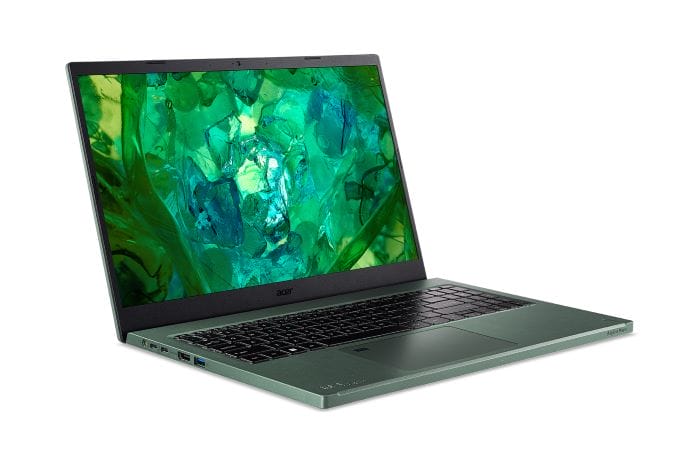By Prof. Dr. Mohammad Tariqur Rahman-Green technology or sustainable technology is environmentally friendly, energy-efficient, recyclable, safe and healthy, and above all, it relies upon renewable resources. To name a few, one would surely refer to a solar cell to produce electrical energy, electric vehicles, and laboratory-made meat burgers. In one or another way, each of those products involves electronic components.
The more products of green technology emerge the more the existing products that we use are replaced. Hence, green technology not only generates electronic waste (e-waste) from within but also creates a burden of e-waste by replacing existing electronic equipment and products. That compels me to wonder if green technology is green enough. In fact, e-waste is the most rapidly growing waste problem. According to WHO, an estimated 53.6 million tonnes of e-waste were produced globally in 2019. Of which only 17.4% was documented as formally collected and recycled. In some places in the developed world, the amount of e-waste will increase by 500 % in the years to come. E-waste contains extremely toxic chemicals, including lead, cadmium, dioxins, arsenic, mercury, chromium, antimony, and beryllium that are well known to cause deadly health hazards.
Since e-waste is mainly “recycled” (burned) in Asia or Africa, citizens of rich nations remain free from the health hazards related to it. On the other hand, millions of children and women who are working in the recycling yards are exposed to that risk – according to WHO and ILO. Now the most pertinent question revolving around e-waste brings a puzzle – is e-waste avoidable?
And if so, who is responsible for reducing that load of e-waste?
From a survey conducted in 2023 among smartphone users around Klang Valley, found that a lot of people want to have new phones with advanced features or a larger storage space every three years. A conservative estimate showed that 28% of smartphone users in the UK buy a new phone every one to two years. While 40% of the younger generations between 18-24 years upgrade and replace their smartphone within two years.
Similar to smartphones, people also replace or buy new cars more frequently than ever before. In 2021, the number of registered vehicles stood at 33.3 million in Malaysia, with approximately 32.6 million people – a trend that outpaced the human population. According to a report by Mirror published in 2021, British citizens are likely to change their cars every six to ten years. This scenario is somewhat similar for many other countries and for many other items; namely, laptops, smart watches, PlayStation, smart TVs, kettles, and lawnmowers. Every year, each item emerges with advanced and efficient features of green technology to attract consumers. Worldwide, a laptop, PC, or smartphone that we purchase today becomes obsolete in a few years with the advent of the operating system, memory requirements, and emerging applications to be used on a day-to-day basis. Hence, we are obliged to buy a new one.
The buzzwords that resonate with the technological advancement in the modern world are “efficiency” and “energy-saving”. Meanwhile, we are in the middle of assuming an unforeseen future with the emergence of widespread application of AI that is expected to be integrated into many, if not all electronic items. Looks like the race for technological efficiency will face a higher pace than we can cope with. However, how efficient will be “efficient enough” to stop chasing new efficient technology and to stop loading e-waste in our backyards? The answer is not unknown to the global industrial policy players. Increasing productivity and profits are more important than the increasing burden and hazards of e-waste. Chasing new efficient
technology is not for the green revolution after all. This is not any wild assumption or accusation to the industrial policy players. In 1998 I had the opportunity to visit a futuristic museum in Brussels named “Living Tomorrow”. Many of those
technologies that were presented as a future technology became reality in a few years.
Besides, according to the handphone user survey 2021 conducted by the Malaysian Communications and Multimedia Commission, people seem to be convinced (read allured) to buy new handphones because of affordable packages, subsidies, aggressive competition, promotions among service providers, and the urge to use smartphone-based applications. Thus, we are trained and accustomed to using new “efficient” technological products as soon as they arrive without asking about how essential it is to have those short-lived “efficient” products. We seem to ignore the balance between the estimated irreversible hazards and technological efficiency. That fails us to perceive how an emerging technology would serve the purpose of humanity. Our failure is not because of our lack of knowledge but maybe because we hide a “purpose” behind the purpose of technological advancement.
Lest our green dream in a digital race fall behind.
……
The author is the Associate Dean (Continuing Education), Faculty of Dentistry, and Associate Member, UM LEAD, Universiti Malaya.









